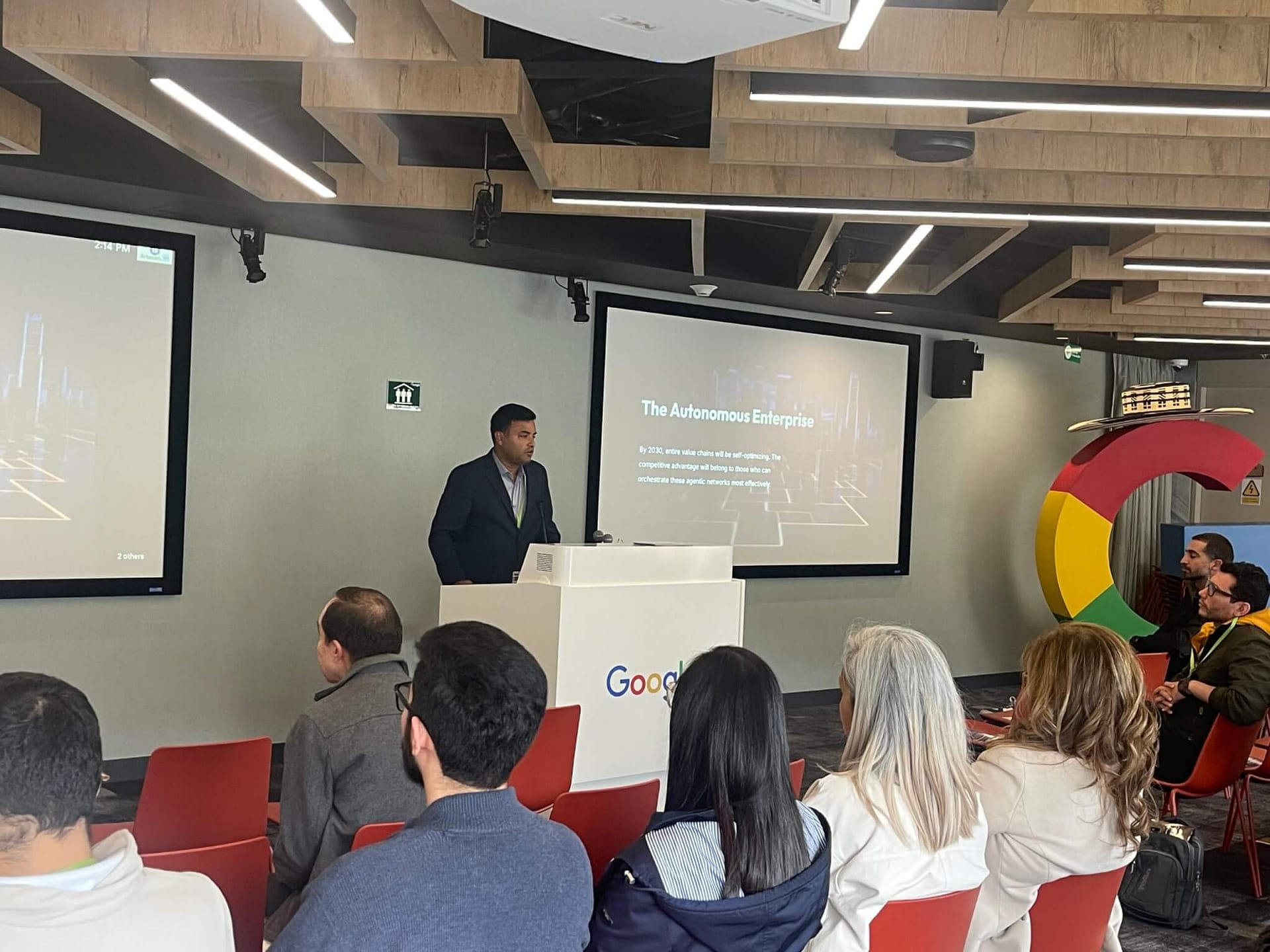Global Healthcare M&A Q3’25: Shift from Caution to Strategic Optimism
Investor sentiment in healthcare surged in Q3 2025, shifting from caution to strategic optimism. After several muted quarters, deal activity rebounded—driven by stabilizing macroeconomic conditions, easing interest rates, and renewed innovation appetite.
Private equity firms re-entered the market with conviction, targeting scalable platforms in diagnostics, specialty care, and digital health. Cross-border interest intensified as global players sought access to emerging markets and niche capabilities.
A defining trend was the acceleration of tech-health convergence. AI-powered diagnostics, remote monitoring, and data analytics became central to M&A strategies. Biotech and specialty pharma—especially in oncology, rare diseases, and metabolic disorders—emerged as high-growth areas. Meanwhile, healthcare IT and digital platforms drew strong interest for their ability to streamline operations and enhance patient engagement.
Inside boardrooms, the tone shifted from defensive cost-cutting to proactive portfolio optimization. Executives focused not only on asset acquisition but also on integrating AI, digital health, and supply chain resilience into long-term strategies. The rise of GLP-1 therapies and metabolic treatments added urgency, with firms racing to secure footholds in these lucrative markets.
As Q4 approaches, the momentum suggests a dynamic landscape where strategic clarity and sector expertise will be key differentiators for investors and operators alike
Key M&A sentiments observed during Q3’25:
- Moderate valuations and heightened boardroom CEO confidence across healthcare subsectors steadied deal volumes though lack of mega deals muted y-o-y growth (high base effect).
- Portfolio realignment is happening among the strategics to divest non-core or under-performing assets; the proceeds of which are expected to be used in ramping of R&D, technology, and scale.
- Rapid paradigms shift towards utilizing data and actionable insights to implement person-centric network/product strategies across sub-sectors.
- Macroeconomic conditions and geopolitical tensions remained challenging, trade tensions and economic uncertainty influenced capital flows, with investors favoring a cautious approach.
- The increasing demand for GLP-1 medications may lead to more deals in the weight loss industry, as start-ups compete with Big Pharma
- Sponsors remained cautious amidst greater scrutiny and revised their expectations to factor in the changing deal making landscape with lower valuations and interest rates justifying ‘firepower’ deployment in 2025.



